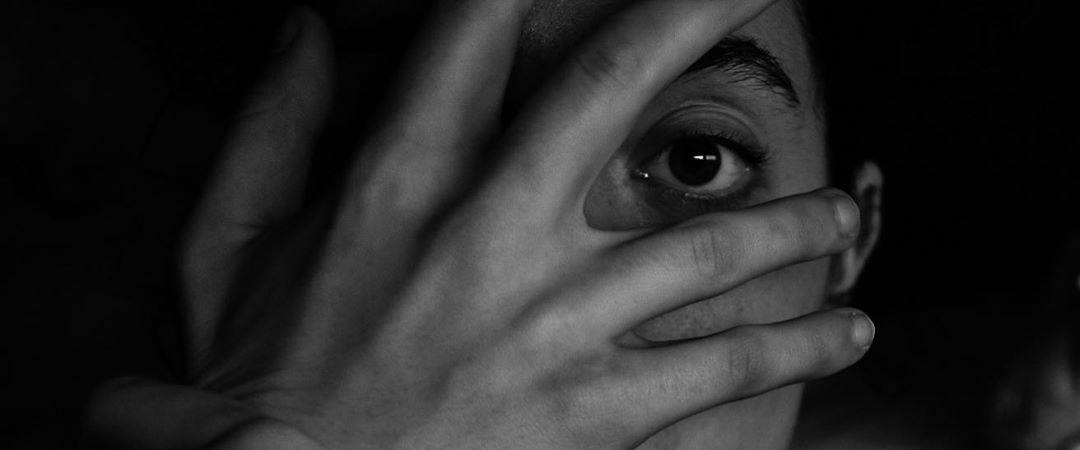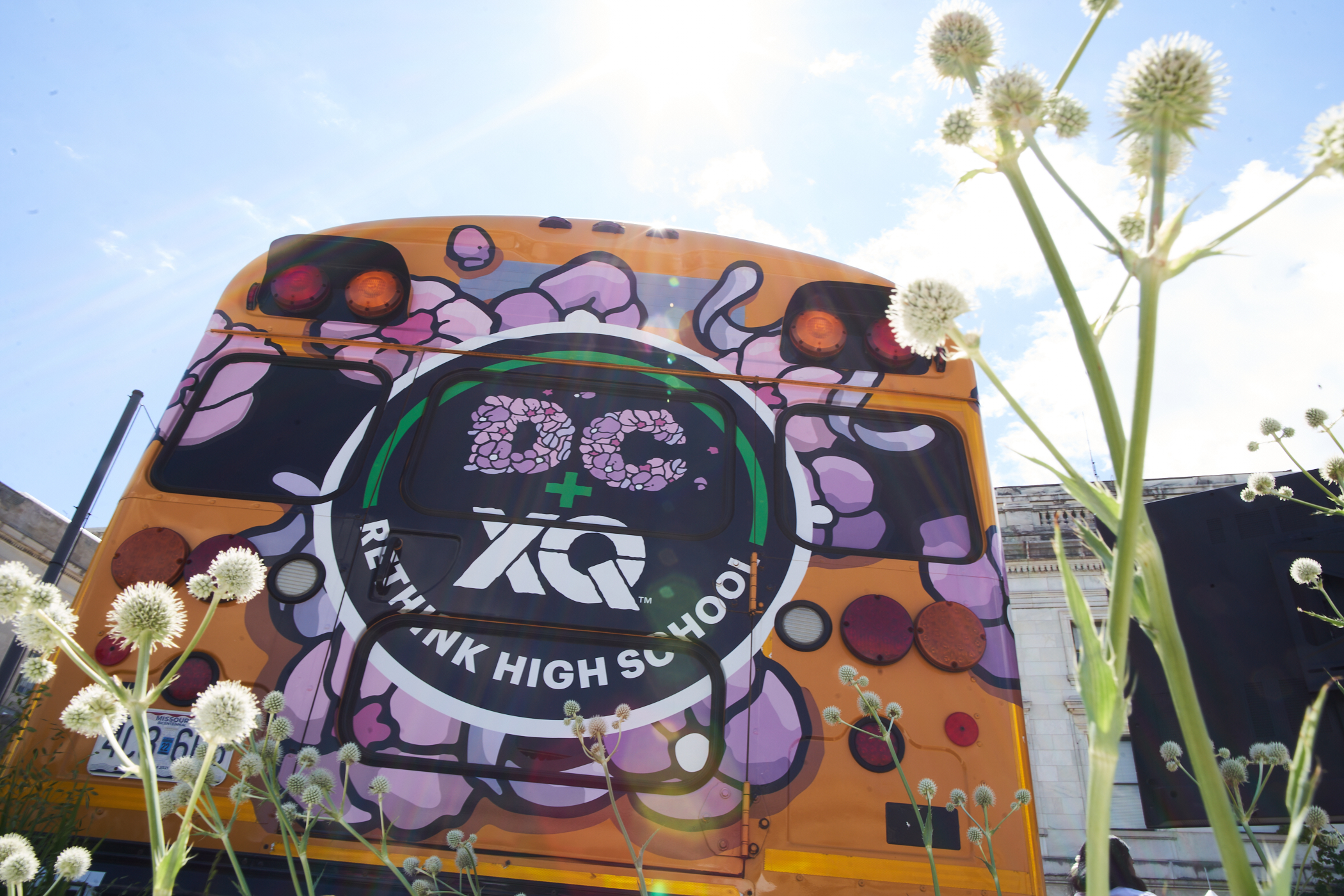Life After School Closures: High School Students Speak Out
In person classes came to a halt in March 2020 as the world adapted to COVID-19. Here’s how students across the country are feeling.

High school students across the country say they feel scared and anxious as school closures force them to adapt to new ways of teaching and learning.
Details
- At least 92,000 schools are closed or scheduled to close in the U.S., affecting over 50 million students.
- When schools close, millions of young people lose access to not only learning opportunities but also to food, stability, and relationships.
- Students are worried in uncertain times. When it comes to learning remotely, they’re missing in-person interactions with peers and teachers. Not only are they sad to miss out on several school activities and events, but worse, they fear for the health of loved ones.
Why It Matters?
- For the first time, millions of students across the country are learning remotely. The effects are reshaping our education system.
- Coronavirus will amplify existing inequities if school districts do not carefully implement remote learning. That means millions of students across the country could miss out on high-quality learning opportunities.
What Students Are saying About…
Adapting To Remote Learning
Vera, sophomore at Crosstown High School (Memphis, TN):
- “At school, we already do a lot of independent learning, so working from home hasn’t been terribly difficult for me. A lot of my peers and I miss the socialization that we get from being at school. We do a lot of group projects, and working together on FaceTime or Zoom isn’t the same. I was homeschooled for six years when I was younger, so I thought it would be easier to transition to remote learning. I progress quicker and am more efficient without the distraction of having people work with or around me, but mentally, less human interaction has taken a toll on my work ethic and desire to get my work done. I miss the praise from my teachers and getting to compare work with my peers. At home, I am with my family all day. I love them, but sometimes I just want to talk to people my age, who can relate to my experiences and laugh.”
Nyliah, junior at Brooklyn Laboratory High School (Brooklyn, NY):
- We have people across the country who don’t have the resources to buy a computer or a phone to take online classes. A lot of people, especially students, are struggling with remote learning. We have thousands of students in New York City who are homeless and don’t have food and access to technology. This is a health hazard, so I can understand why my governor is doing what he’s doing, but we need more options. We need more resources.”
Lifestyle Change And Social Distancing
Timothy, senior at Central High School (Philadelphia, PA):
- “For many students like me, it is their last year of high school. We will not be able to experience things like attending prom, walking across a stage to receive our diploma, and spending the last moments before college with friends. Many of us feel concerned and sad. It’s nerve-wracking. This is modern history, and it’ll most likely be recorded in a history book.”
Dani, junior at Hillsdale High School (San Mateo, CA):
- “I was sleeping this morning, and my mom told me I couldn’t go to my dad’s for a while. He’s sixty, and if he gets coronavirus, there’s a big chance he won’t make it, so hearing that right when I woke up kinda scared me. And his birthday is tomorrow, and I’m struggling, but I am trying to make the best of it.”
Roxie, senior at Community High School (Ann Arbor, MI):
- “It’s a new normal, and one that will take a lot of getting used to. But there’s comfort in the fact that we’re all in it together. There are very few things that all human beings across the globe share as a lived experience. My hope is that it teaches us the importance of community care, of radical empathy, and of love for humanity. In some ways, it’s nice. Many of us have found ourselves given the gift of time with few commitments—time to explore new hobbies, read books we’ve been meaning to, spend time outside, and connect with old friends over FaceTime.”
Challenges In Their Communities
Timothy, senior at Central High School (Philadelphia, PA):
- “Many students are scared to be in public. In Philly, Asian students have been attacked and insulted. Calling the virus the ‘Chinese virus,’ or ‘Kung flu,’ is completely unacceptable. This perpetuates racism against Asians and Asian-Americans is acceptable when it is not. The amount of racism and xenophobia against Asians will only increase if people continue to use these terms and think it is okay.”
Cali, junior at La Jolla High School (San Diego, CA):
- “Teens from all over the world have come together to create a community on Instagram that allows us to share our thoughts, our experiences, and our love for photography. Our passion for creating and challenging ourselves is what brought us together and has helped us keep afloat in this difficult time. It has allowed us to escape the feelings of repetition and helplessness that come with being in self-isolation or quarantine and has shown us that we can make a positive impact on youth worldwide.”
How Their Schools Are Supporting Students
Nyliah, junior at Brooklyn Laboratory High School (Brooklyn, NY):
- “My school is prioritizing mental health. They have guidance counselors for us, and I am grateful that there is a way to talk to someone if we’re not feeling well. Before the school closed, they helped prepare us for what was going to happen. We had exemplar lessons on Google Classroom to make sure everyone knew how to use it.”
Vera, sophomore at Crosstown High School (Memphis, TN):
- “My school has been continuously checking in to give us updates and send us words of encouragement which are much needed right now. Next week, we are going to jump into transitioning to remote learning, so I expect some consolation from our school. We have a class called ‘advisory’ that focuses on college prep, and we get a lot of interaction from that class. I am really hoping that we continue to have it during these hard times so we can still talk to our advisors and continue to have intellectual conversations to engage our minds.”
What To Watch:
- Students are finding ways to connect in order to express how they feel. For instance, the COVID19 Photos for Teens Instagram account shares photos that showcase how teenagers are experiencing this pandemic.
- Schools are finding the best ways to support students through this transition to remote learning. See how Purdue Polytechnic High School in Indianapolis has maintained its school community by shifting its daily in-person morning announcements to an online video platform.
- Many high school students have turned into video chat platforms like Zoom to replicate normal social interactions. “Teenagers have jokingly referred to themselves as “Zoomers” online for years; now the name is literal.”
The Bottom Line:
Students across the country are experiencing unprecedented changes to their education throughout this crisis. Still, they are hopeful and are finding ways to work together to help themselves, their families, their schools, and their communities.
Resources For Students:
- Self-care activities from CDC
- Crisis Text Line: connect with a Crisis Counselor
- Supporting marginalized students and families
- Address COVID-19 and protect student’s civil rights
- How to collaborate in a remote classroom
Share Your Story:
Are you a student who wants to share your story? Send me a note at silvia[at]xqinstitute[dot]org









